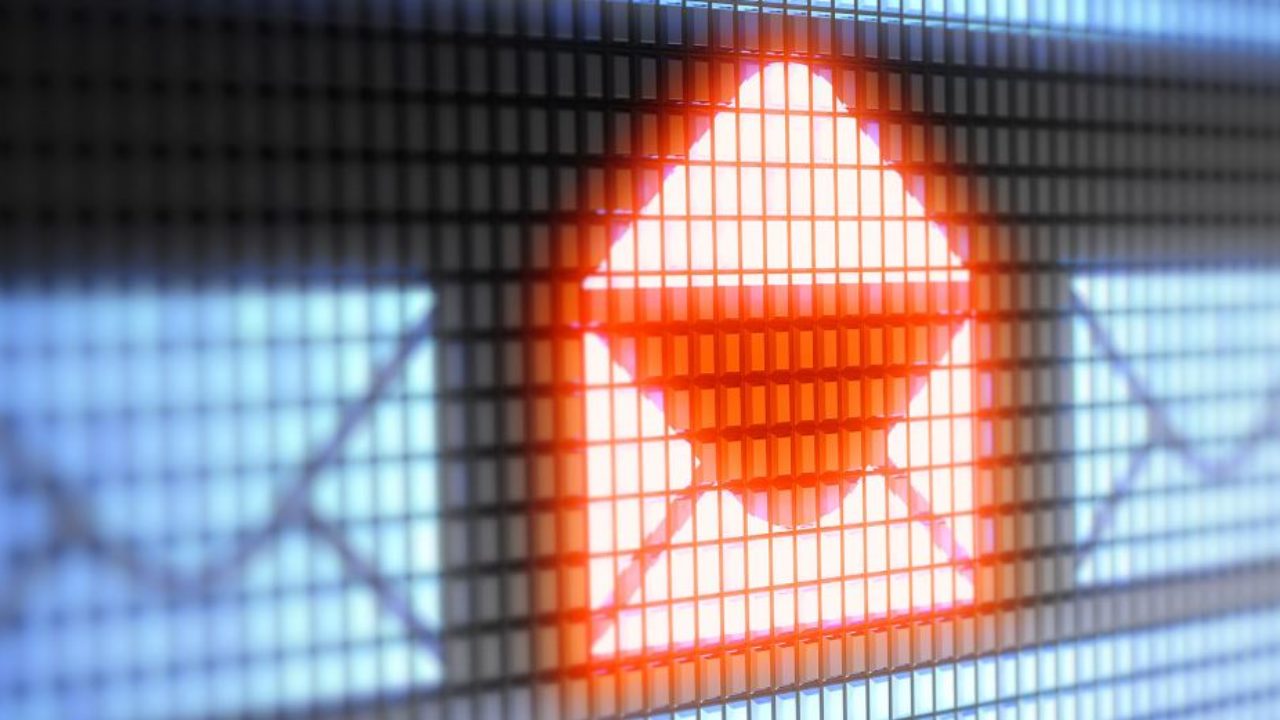A recent scam that preys on Gmail users seeks to obtain personal information by deceiving victims into granting fictitious requests for account recovery.
Sam Mitrovic, an IT consultant and tech blogger, recently wrote about his encounter with the scam and how it deceives people by using artificial intelligence (AI).
Let’s look at how the scam works and how Gmail users can stay safe!
Gmail Scam: How Does It Work?
Initial Fake Recovery Request: The con starts with a message requesting your approval for a Gmail account recovery request that you did not make. Frequently, the request seems to originate from another nation, which causes immediate anxiety.
Follow-Up Phone Call: The con artists phone again from what appears to be an official Google number after turning down the recovery request. The urgency is further heightened when the caller, who seems professional, alerts the recipient about suspicious activity on their account.
Fake Google Email: The con artist states that someone got into the account and downloaded private information. They frequently then send out what looks to be a Google email. However, the email is faked to appear genuine and is intended to persuade the victim to grant the recovery request, which would grant criminals complete access to the victim’s Gmail account.
Preventive Actions That Users Should Take
Preventive actions:
- Never grant recovery requests that you did not start: Refuse any unexpected recovery request that you receive right away.
- Check calls made by Google: When receiving unwanted calls, be wary. Unless it’s for business services, Google seldom ever gets in touch with users directly.
- Verify email addresses thoroughly: To identify spoof emails, look for minute differences in the domain name or “To” field.
- Examine the most recent security actions: Check Gmail’s security settings frequently for any unusual login attempts.
- Examine the headers of emails: For more proficient users, determining whether an email originated from Google’s servers can be done by looking at the original email headers.
Gmail users can better safeguard themselves against this AI-driven scam by adhering to these safety precautions and exercising caution. The most important thing is to exercise caution and confirm any questionable account activity.
